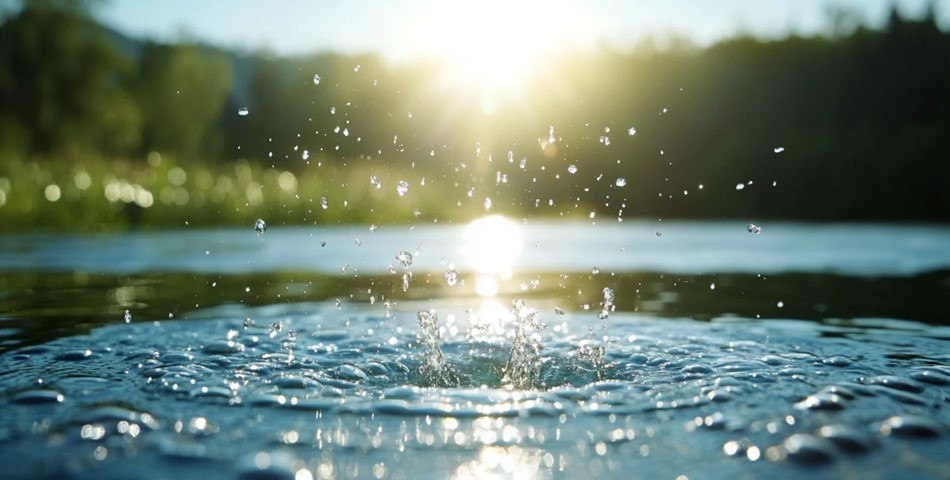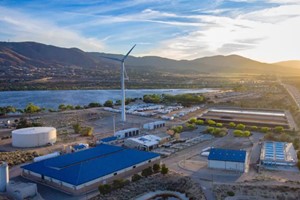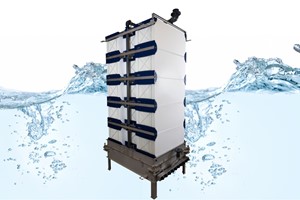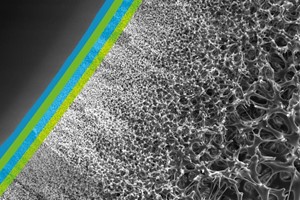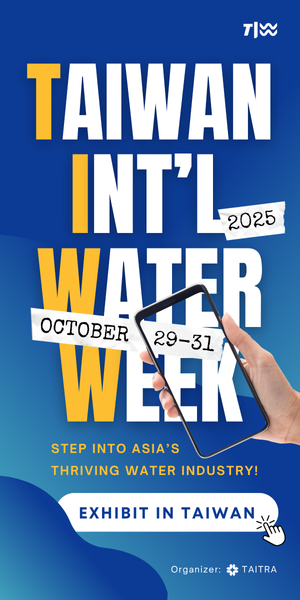Water scarcity remains one of the world’s biggest challenges, with billions of people lacking access to safe drinking water. Now, a groundbreaking innovation from researchers at Ohio State University promises a game-changing solution: 3D nanotech blankets made from titanium dioxide (TiO₂) nanofibers. Supported by the National Science Foundation, this research has the potential to revolutionize water purification. Meanwhile, companies like Ecolab, Veolia Water Technologies, and SUEZ Water Technologies & Solutions are working on commercial applications of advanced water treatment methods, aiming to bring such innovations to scale.
The Growing Need for Water Purification Innovation
As global demand for clean water rises due to rapid urbanization, industrial expansion, and agricultural needs, conventional water treatment methods struggle to keep pace. According to the 2024 UN World Water Development Report, nearly half of the world's population faces severe water scarcity for at least part of the year. Additionally, untreated wastewater is a major contributor to poor water quality, with many developing nations lacking adequate treatment infrastructure. This underscores the need for innovative purification solutions that are both efficient and scalable.
Advancements in Nanotechnology for Water Purification
Nanotechnology is emerging as a powerful tool for water treatment, offering high-performance purification methods. Carbon nanotubes, nanocellulose, and nanofiltration are already being explored for their potential to remove heavy metals and contaminants. Companies like Dupont Water Solutions and NanoH2O (LG Chem) are developing nanomaterial-based filtration systems to improve water safety. However, despite its promise, large-scale implementation of nanotechnology in water treatment remains limited due to cost and technical challenges.
The Ohio State University’s Breakthrough: 3D Nanotech Blankets
Researchers at Ohio State University have now developed an innovative solution that could transform water purification. Their 3D nanotech blankets, composed of TiO₂ nanofibers, utilize sunlight to break down pollutants in water without generating toxic byproducts. Unlike traditional purification methods such as chlorination—which risks producing harmful byproducts—or ultraviolet (UV) radiation, which requires high energy input, these nanomats harness solar energy for a more efficient and sustainable approach.
In the study published in Advanced Science, the team utilized soft chemistry gels and blend electrospinning to create thin fiber-like strips of titanium dioxide. This method allows for the development of lightweight, floating nanomats that can work above any body of water. As lead researcher Pelagia-Iren Gouma explains:
“There hasn’t been an easy way to create something like a blanket that you can lay on water and start creating energy. But we are the only ones who have made these structures and the only ones to demonstrate that they actually work.”
Supercharging Purification with Copper Doping
To enhance the efficiency of their nanomats, the researchers doped the titanium dioxide with copper (Cu), a soft metal known for its excellent thermal and electrical conductivity. This modification significantly improved the photocatalytic properties of the material, enabling it to absorb a broader spectrum of light and break down pollutants more effectively. Gouma elaborates:
“These nanomats can be used as a power generator, or as water remediation tools. In both ways, you have a catalyst with the highest efficiency reported to date.”
Transforming Water Treatment and Power Generation
The nano blankets’ ability to purify water while also generating energy sets them apart from existing solutions. They could be particularly beneficial in developing regions, industrial wastewater treatment, and disaster relief efforts. Given that they are reusable and easy to remove, their potential for long-term sustainability is substantial. The team envisions applications not just in water treatment plants but also in emerging fields like solar-driven hydrogen production and large-scale environmental remediation.
Towards Commercialization
For these nanomats to reach commercial markets, industries must step in to scale up production. As Gouma points out:
“We have the tools to make them in large quantities and translate them to various industries. The only limitation is that it needs someone to take advantage of these abundant resources.”
With companies such as GE Water & Process Technologies and Aqua Membranes investing in nanotechnology-based purification systems, the commercialization of this innovation could become a reality within the next few years. If widely adopted, 3D nanotech blankets could play a crucial role in ensuring clean water access for billions, while also contributing to sustainable energy solutions.
As researchers continue to refine this novel material, the potential impact of these nanomats on global water security remains significant. Gouma and her team are optimistic, calling their creation “really impressive and something that we are very excited about.”
With ongoing advancements in nanotechnology and growing industry interest, the future of water purification may soon be defined by lightweight, floating nanotech blankets that not only clean water but also generate power in the process.
By Gaurav Roy



